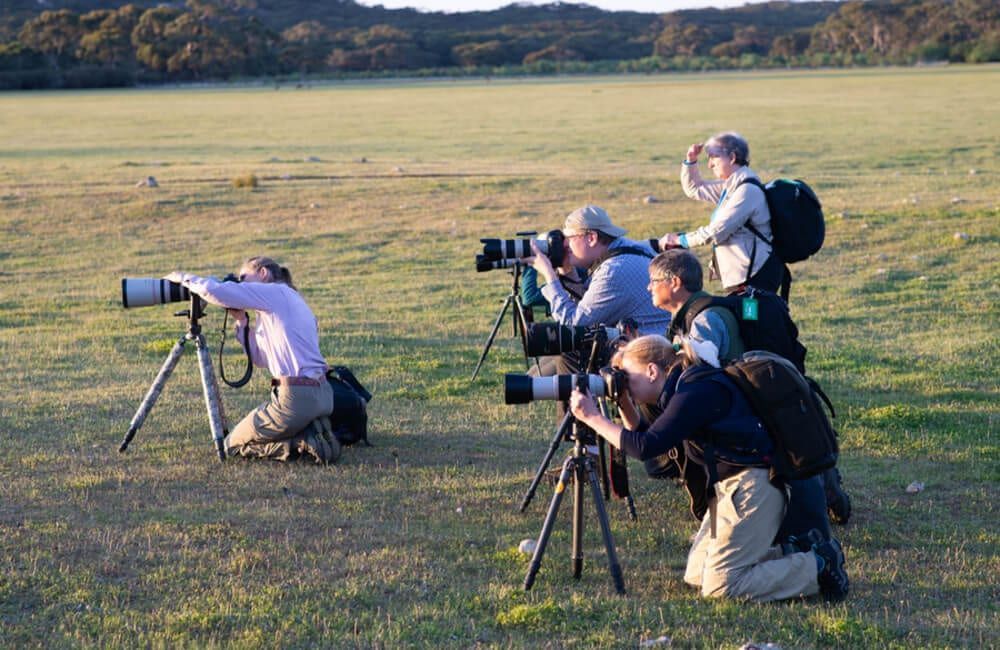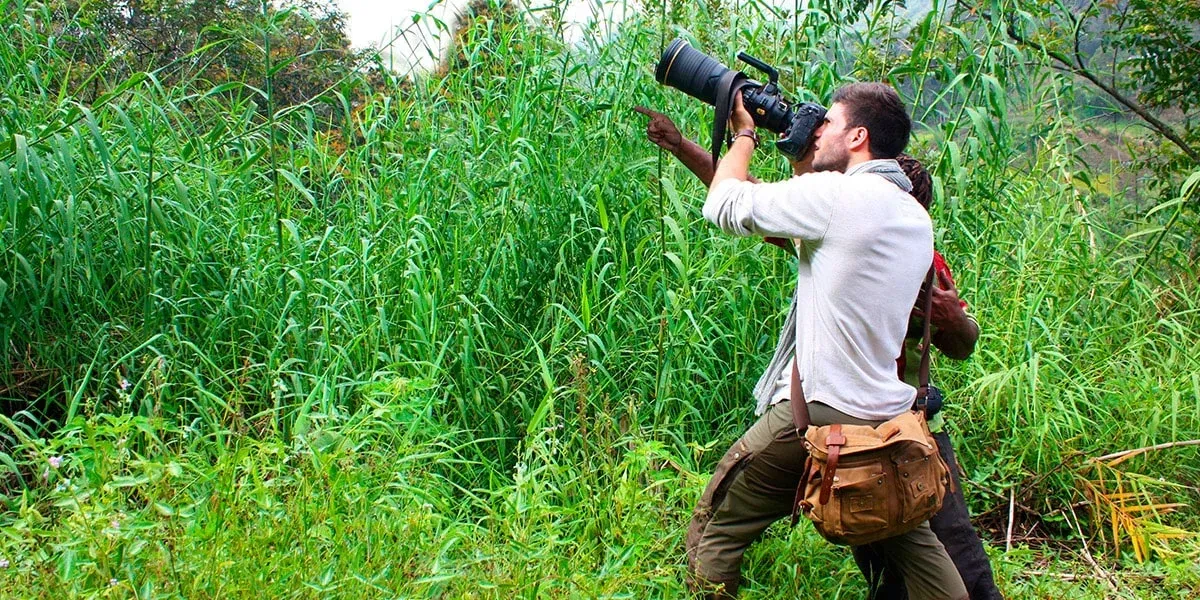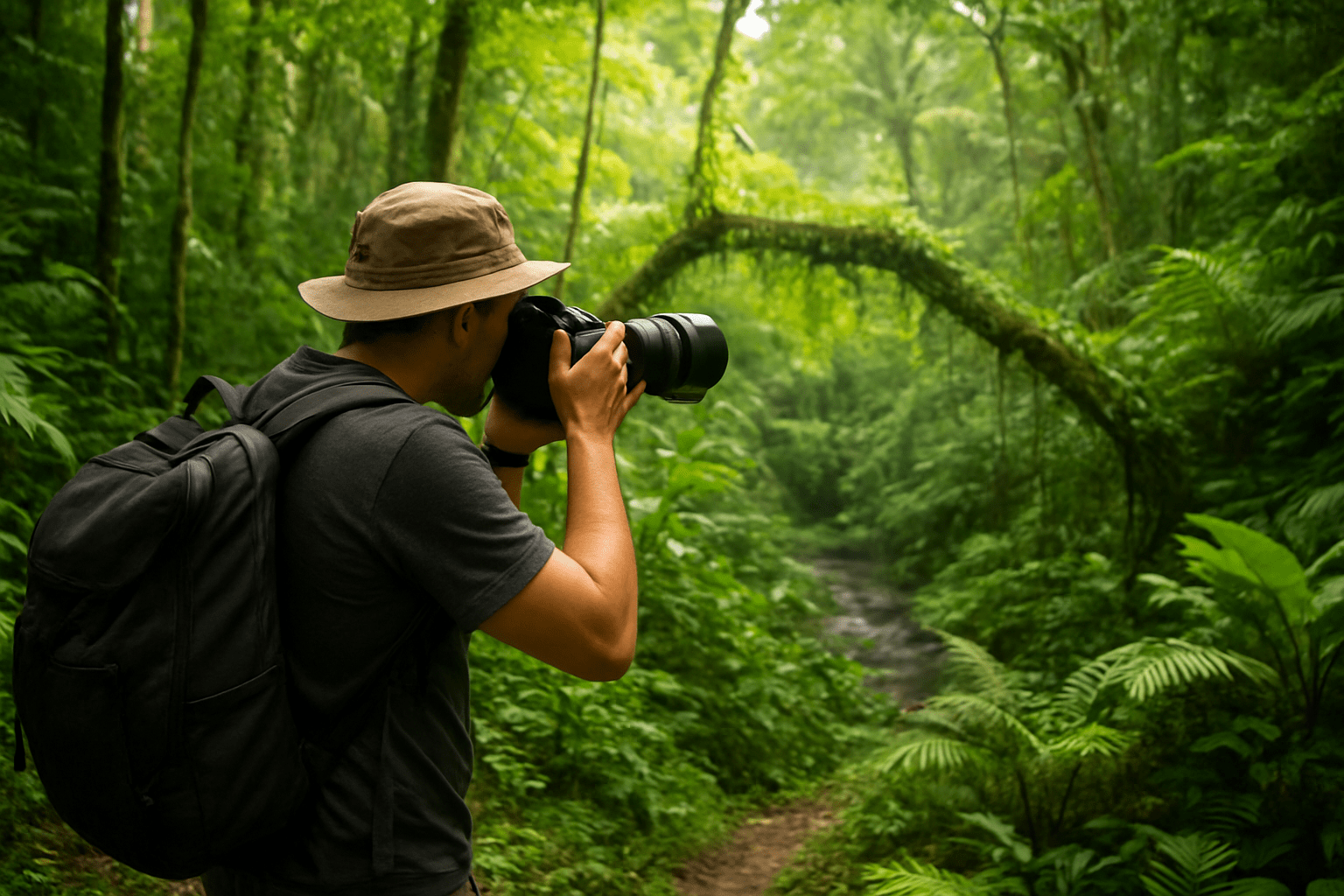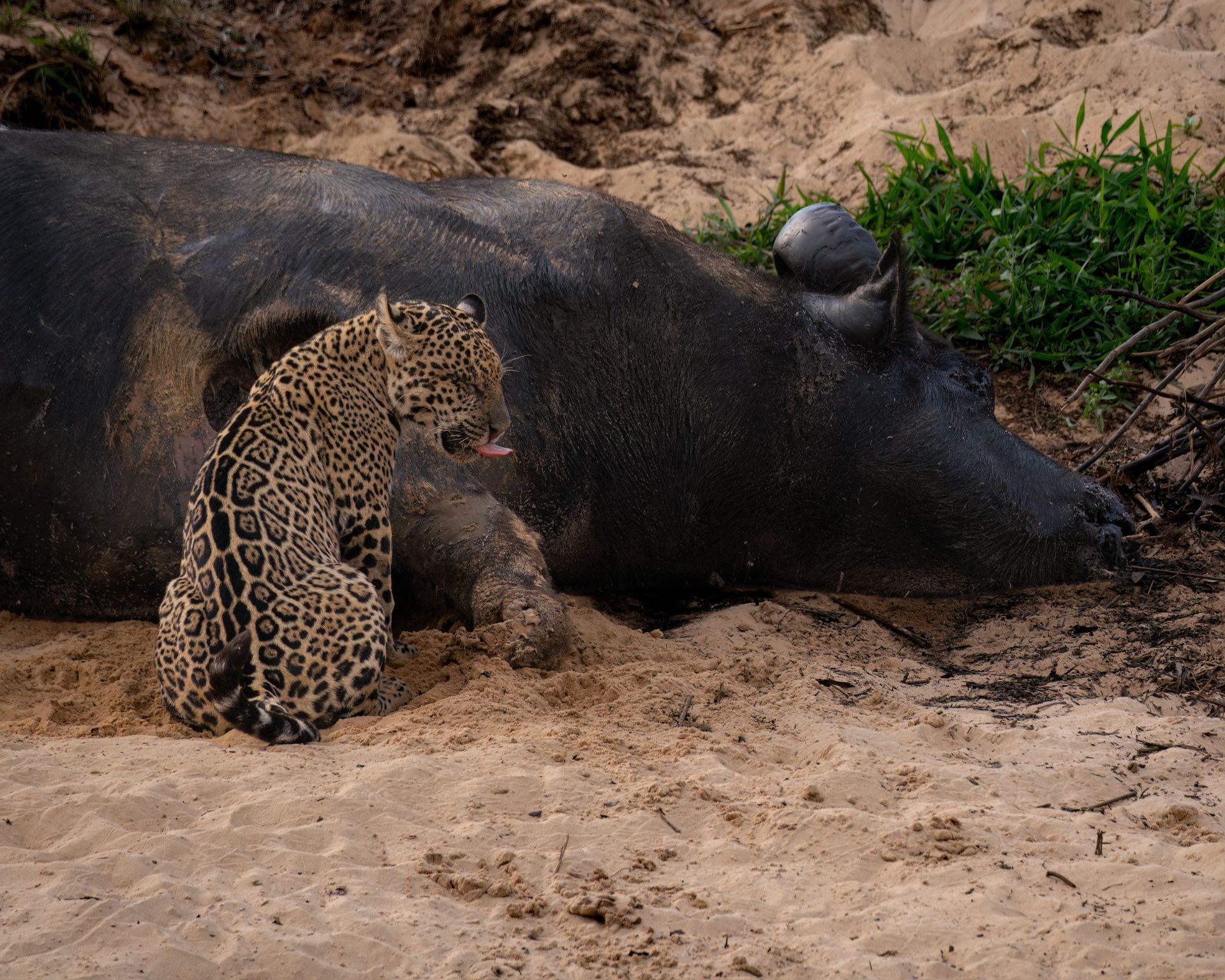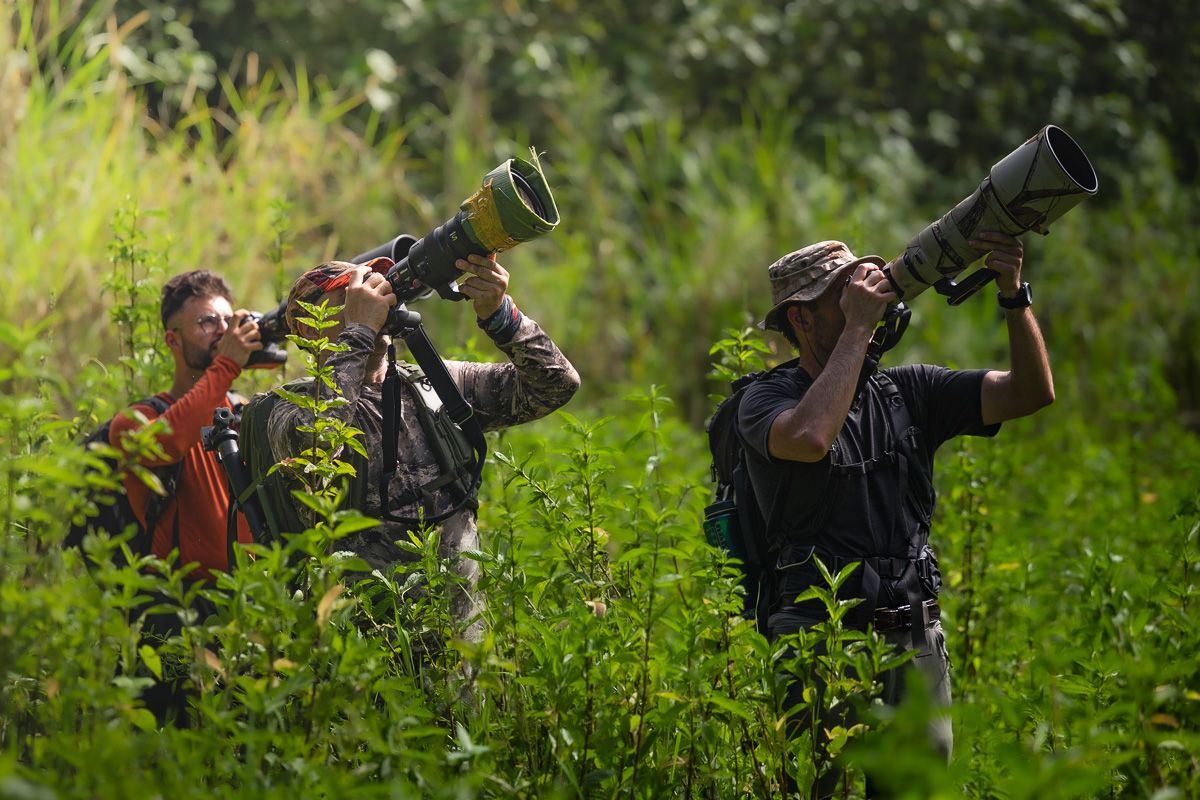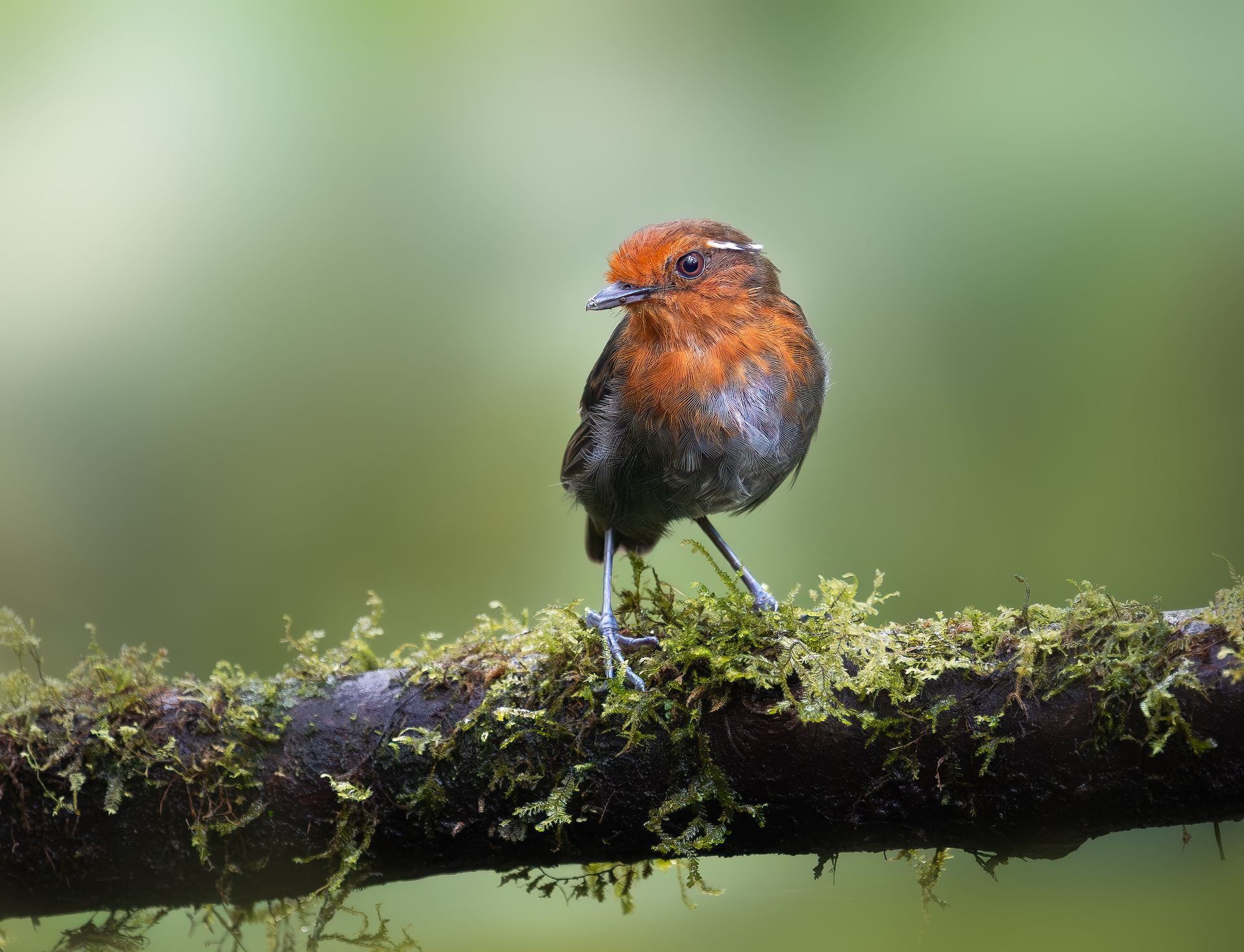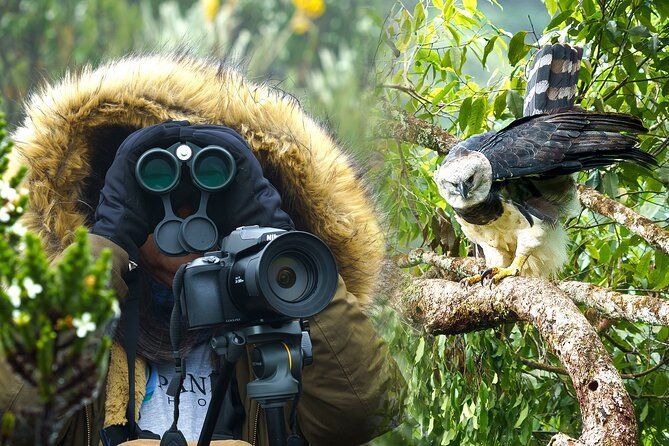"Sony vs. Canon: Which Brand Excels in Bird Photography?"
Sony vs. Canon: Which Brand Excels in Bird Photography?
Bird photography is one of the most challenging yet rewarding genres in wildlife photography. To succeed, you need speed, sharpness, portability, and above all, reliable gear. Over the last decade, Canon and Sony have emerged as the leading choices for bird photographers worldwide. Canon, with its long-established reputation, is known for dependable lenses and robust systems, while Sony has revolutionized the field with cutting-edge mirrorless technology and autofocus performance.
But which brand truly excels when it comes to bird photography—Sony or Canon?
In this article, we’ll dive deep into camera bodies, lenses, autofocus systems, ergonomics, battery life, price, and ecosystem support to help you decide which brand might be the best fit for your bird photography adventures, whether in Colombia, India, or anywhere else in the world.
Why Bird Photography Demands Specialized Gear
Before comparing brands, it’s important to understand what bird photographers need most:
- Fast Autofocus (AF): Birds move unpredictably—flying, darting, or hiding behind branches. A fast, reliable AF system is non-negotiable.
- Long Focal Lengths: A minimum of 400–600mm is often required to capture small or distant subjects.
- High Frame Rate (FPS): Birds in flight (BIF) demand cameras that can shoot 20–30 frames per second with no lag.
- Excellent ISO Performance: Many bird species live in dimly lit forests where high ISO sensitivity is critical.
- Lightweight Systems: Photographers often hike long distances—lighter setups reduce fatigue.
With these priorities in mind, let’s explore how Sony and Canon stack up.
Canon for Bird Photography
Strengths of Canon
- Legendary Lens Lineup: Canon has decades of expertise in wildlife lenses, including renowned primes like the EF 600mm f/4L IS III and modern RF 100–500mm f/4.5–7.1L IS.
- Robust Build Quality: Canon cameras are built like tanks, perfect for tough environments such as Colombia’s Amazon or the snowy Andes.
- Color Science: Many photographers love Canon’s natural, warm color rendering—especially for bird feathers and skies.
- Balanced Ecosystem: A wide variety of cameras and lenses for beginners, enthusiasts, and professionals.
Popular Canon Bodies for Bird Photography
- Canon EOS R5: 45MP, 20 FPS, excellent image quality and strong AF tracking.
- Canon EOS R7: Affordable APS-C option, crop factor extends reach (1.6x), great for beginners in bird photography.
- Canon EOS R3: 24MP stacked sensor, blackout-free shooting, excellent for BIF and pros needing speed.
Canon Lenses for Bird Photography
- Canon RF 100–500mm f/4.5–7.1L IS USM – Highly versatile and relatively lightweight.
- Canon RF 600mm f/4L IS USM – A pro-level prime, unmatched sharpness.
- Canon RF 800mm f/11 IS STM – Affordable and ultra-light, though limited in aperture.
Canon Weaknesses
- Late to Mirrorless: Canon’s RF lineup is still expanding. Some wildlife shooters feel Sony has more mature mirrorless options.
- Weight: Canon’s large prime lenses remain heavier than Sony’s equivalents.
- Price: RF L-series lenses are often more expensive than Sony or third-party alternatives.
Sony for Bird Photography
Strengths of Sony
- Mirrorless Pioneer: Sony was the first to fully embrace mirrorless systems, giving them a technological edge in autofocus and compact lenses.
- World-Class Autofocus: Sony’s Real-Time Eye AF for animals and birds is arguably the best in the industry. It can lock on and track even tiny hummingbirds mid-flight.
- High Frame Rates: Cameras like the Sony A1 can shoot 30 FPS at full resolution.
- Lightweight Super-Telephotos: Lenses like the Sony 400mm f/2.8 GM OSS and 600mm f/4 GM OSS are lighter than Canon and Nikon equivalents.
- Third-Party Support: Sigma and Tamron produce excellent E-mount lenses at affordable prices.
Popular Sony Bodies for Bird Photography
- Sony A1: 50MP, 30 FPS, 8K video—arguably the most advanced wildlife camera today.
- Sony A9 III: Global shutter, eliminates rolling shutter, ideal for birds in flight.
- Sony A7R V: 61MP, excellent resolution for cropping when birds are far away.
Sony Lenses for Bird Photography
- Sony 200–600mm f/5.6–6.3 G OSS – Affordable, flexible, sharp; a favorite among bird photographers.
- Sony 600mm f/4 GM OSS – Pro-level, lightweight, incredible sharpness.
- Sony 400mm f/2.8 GM OSS – Perfect for low-light forests, though very expensive.
Sony Weaknesses
- Price Barrier: High-end Sony gear can be even more expensive than Canon.
- Learning Curve: Sony’s menus are complex and not as intuitive as Canon’s.
- Battery Life: Earlier Sony mirrorless models had weaker battery life (though this is much improved in the A1 and A9 III).
Autofocus Comparison: Sony vs. Canon
- Sony: Leads with bird eye AF tracking, especially useful for fast flyers like swallows and hummingbirds. Sony’s subject recognition AI is highly reliable in varied environments.
- Canon: Also excellent, especially on the R5, R6 II, and R3. Canon’s Dual Pixel AF is smooth and accurate, but some photographers find it slightly less sticky than Sony in tricky BIF situations.
Winner: Sony edges out Canon for bird photography AF, especially for beginners who need dependable tracking.
Lens Ecosystem: Versatility vs. Heritage
- Canon: Offers a wider range of native lenses, from budget-friendly options (RF 800mm f/11) to pro primes. Canon also benefits from decades of EF glass that can be adapted seamlessly to RF bodies.
- Sony: Slightly fewer native options, but excellent third-party support (Sigma, Tamron). Lenses like the Sony 200–600mm provide excellent reach at a lower price than Canon’s RF 100–500mm.
Winner: Tie. Canon has more native lenses, but Sony has more affordable choices through third-party brands.
Portability and Weight
- Sony: Known for lighter super-telephotos. For example, Sony’s 600mm f/4 is nearly 1kg lighter than Canon’s equivalent.
- Canon: While still producing excellent lenses, they tend to be heavier, which can be tiring during long hikes in Colombian forests or Andean treks.
Winner: Sony for lightweight super-telephotos.
Price and Value
- Entry Level: Canon’s RF 800mm f/11 is unbeatable for affordability, though limited in versatility.
- Mid-Range: Sony’s 200–600mm is widely regarded as the best price-to-performance bird lens on the market.
- Professional Level: Both brands are expensive at the top tier, but Sony’s weight advantage makes the investment more justifiable.
Winner: Tie. Canon offers affordable beginner options, while Sony dominates the mid-range.
Real-World Scenarios: Sony vs. Canon in Colombia
Amazon Rainforest
- Canon: RF 100–500mm excels for mixed habitats.
- Sony: 400mm f/2.8 is unbeatable for low light and fast-flying species.
Andes Mountains (Condors, Eagles)
- Canon: RF 600mm f/4L IS delivers unmatched reach.
- Sony: A1 + 600mm f/4 GM offers lighter carry weight.
Cloud Forests (Hummingbirds, Tanagers)
- Canon: Faster primes (300mm f/2.8 adapted EF or future RF versions).
- Sony: Real-Time Bird Eye AF is extremely useful here.
Llanos Grasslands
- Canon: Long primes like 800mm f/11 are practical in open spaces.
- Sony: 200–600mm zoom provides flexibility for both close and distant birds.
Which Brand is Best for You?
- Choose Canon if:
- You value color science and intuitive menus.
- You already own EF lenses and want seamless adaptation.
- You want affordable entry-level super-telephoto options.
- Choose Sony if:
- You want the best autofocus tracking on the market.
- You prefer lightweight pro telephoto lenses.
- You want flexible mid-range zooms like the 200–600mm.
Conclusion
Both Sony and Canon excel in bird photography, but in different ways. Canon offers a rich ecosystem, intuitive usability, and entry-level affordability. Sony, on the other hand, leads with cutting-edge autofocus, lightweight telephotos, and innovation in mirrorless technology.
For professionals chasing birds across Colombia’s mountains, rainforests, and grasslands, Sony may provide the edge with its AF and lens weight. But for those who prefer reliability, affordability, and a trusted system with decades of refinement, Canon remains a top choice.
Ultimately, the best camera system is the one that fits your style, budget, and birding adventures. Both brands will reward you with breathtaking images of Colombia’s feathered wonders.



